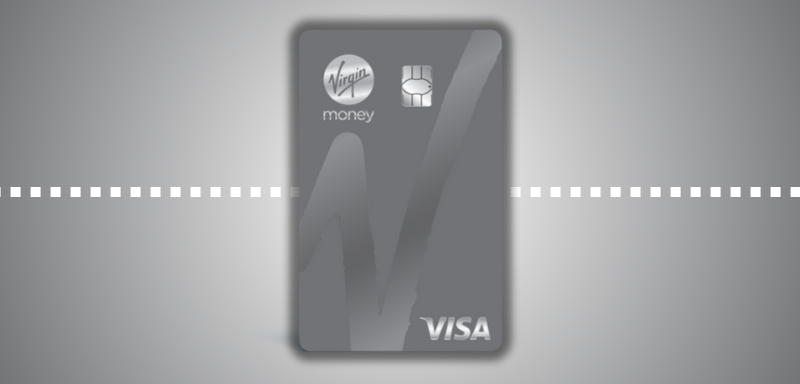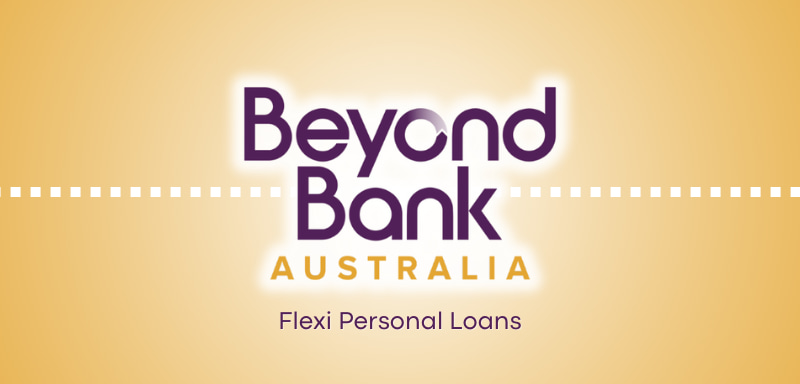Small Business Financing
What Is Small Business Financing and How Does It Work?
Discover how small business financing helps owners grow, stabilize cash flow, and seize new opportunities. Get practical tips, real examples, and a step-by-step guide to funding success for your business.
Advertisement

Picture running a local bakery during a surge in holiday orders: your mixers struggle to keep up. That’s when terms like small business financing come into play, helping business owners like you bridge these critical demand spikes.
Understanding how financing powers growth, solves inventory crunches, and covers emergencies is key for any entrepreneur. It isn’t just for those starting out, but for established businesses aiming to thrive and expand their offerings.
This article unpacks what small business financing truly means, covers its different forms, and gives you actionable knowledge to evaluate, apply, and succeed with funding tailored to your company’s goals.
Recognizing Small Business Financing’s Role in Sustainable Growth
Nailing down the basics of small business financing directly leads to smarter decision-making and fewer cash flow headaches. You’ll quickly spot the right time, amount, and purpose for fresh capital injections.
Businesses that use small business financing wisely build resilience and readiness for shifting markets, turning occasional challenges into springboards for growth or new revenue streams.
The Structure Behind Every Financing Choice
Every small business financing solution follows a basic blueprint: you apply, receive funds, and repay under agreed terms. Each step influences your organization’s daily operations and future plans—like setting a payment date on your calendar to avoid late fees.
Understanding whether you’re getting a lump sum or a revolving line helps you budget realistically from day one. For example, a term loan funds big purchases, while a credit line covers periodic inventory restocks.
This framework is like buying groceries vs. eating out—you control the when and how, but both satisfy immediate needs and longer-term outcomes when used with intention.
Short-Term Fixes Versus Long-Term Strategies
Short-term solutions, like merchant cash advances, address urgent equipment breakdowns. They promise speed, but their costs stack up fast unless paid off quickly. Always weigh short-term relief against recurring expenses.
Long-term products, such as SBA loans or equipment loans, fund big expansions with longer payback periods and lower interest rates. They shine when you’re aiming to double your kitchen’s output or renovate a storefront.
Deciding which strategy fits starts by pinpointing the urgency, expected ROI, and the risk of stretching your business too thin—just like deciding between patching a tire or investing in a new set.
| Financing Type | Repayment Length | Best For | Key Takeaway |
|---|---|---|---|
| Term Loan | 1+ years | Large projects | Use for fixed investments and predictable revenue streams |
| Line of Credit | Revolving | Working capital | Perfect for seasonal gaps or ongoing expenses |
| Invoice Financing | Payoff as invoices paid | Slow-paying clients | Transforms receivables into cash flow |
| Equipment Financing | 1–7 years | Machinery upgrades | Asset secures the loan, easing approval odds |
| Merchant Cash Advance | 3–18 months | Quick fixes | Convenient but pricey; use sparingly |
Evaluating Your Business Needs: Funding Smarter Not Harder
Success with small business financing starts by mapping your growth plan to your cash needs. This ensures each dollar borrowed accelerates progress without creating unnecessary debt burdens.
Think about financing like preparing for a cross-country road trip: you check your fuel, route, and rest stops ahead of time instead of hoping for the best mid-journey.
Pinpoint Your Funding Purpose and Timeline
Decide if you need funding to cover everyday costs, purchase seasonal inventory, upgrade outdated equipment, or take on a new lease. Timelines shape which sources fit best—some fast, others slower but with better terms.
- Identify your specific goal, such as hiring staff, expanding square footage, or launching a product. This clarity aligns your loan type to real needs, avoiding mismatches and wastage.
- Calculate the exact funding requirement by listing costs, researching vendor quotes, and padding for emergencies. Knowing ‘how much’ avoids overborrowing and excessive interest obligations.
- Analyze the return on investment (ROI) for your intended use of funds. Will borrowing boost revenue in three months or a year? This metric keeps your plan realistic and actionable.
- Evaluate your current debts and repayment ability before taking on new loans. Running simple cash flow forecasts shows if your business can manage new obligations without strain.
- Confirm repayment periods match your cash cycle. Aligning loan terms with business cycles prevents future bottlenecks, so you avoid scrambling for payments when revenues ebb.
When each funding decision connects to daily operations, the risk of financial stress lowers—and every dollar works harder for your business.
Assess Personal and Business Credit Health
Before applying for small business financing, know where your credit stands. Lenders review both your personal and business credit profiles when determining eligibility and terms.
- Get your business credit report through major bureaus, and dispute any inaccurate entries. Clean records present your strength to lenders, improving approval chances and rates offered.
- Reduce personal credit card debts to below 30% utilization. This quick fix shows responsible behavior and can raise your credit score ahead of big financing applications.
- Organize your financial documents, such as balance sheets and cash flow reports. Up-to-date, consistent records prove you’re on top of bookkeeping, a key signal to lenders and investors.
- Correct any issues with business registrations or licenses before submitting a loan request. Compliance gaps lead to delays or declines, regardless of financial performance.
- Check your current debt-to-income ratio and avoid simultaneous new credit lines. Too much outstanding debt makes lenders wary, so space out major applications strategically.
By proactively managing your profile, you shorten application times and unlock better financing opportunities, adding resilience to your next big move.
Identifying the Right Small Business Financing Option Saves Money and Time
Selecting the best small business financing method reduces costs, approval times, and repayment headaches. It’s similar to picking a vehicle: match size and features to your journey for smooth travels and minimal surprises.
Your industry, track record, and projected cash flows all guide this choice, helping you sidestep mismatches that could hurt your long-term prospects or owner equity.
Matching Financing Products With Business Milestones
Launching a new location? Equipment financing offers targeted funds, while a line of credit might keep your payroll flowing during off-seasons. Think of each product as a tool in your business toolbox—each fits a particular job.
Invoice financing helps bridge the gap while waiting for slow customer payments. Merchant cash advances are quick but expensive; use them only for urgent, profitable fixes, never as a first choice.
Don’t just default to the most familiar lender. Take time to scan banks, community lenders, and reputable online platforms. Request a side-by-side offer comparison to see real numbers, not just headlines.
Evaluating True Cost Beyond Interest Rates
Interest isn’t the only cost. Origination fees, processing charges, and early repayment penalties stack up quickly. Always examine the annual percentage rate (APR) for a clear apples-to-apples comparison.
If a $40,000 term loan has a low interest rate, but high upfront costs, the total payback could eclipse other options. Conversely, a higher rate with minimal fees might prove cheaper in the end.
Build a habit of using online calculators or spreadsheets to model scenarios. Input total borrowings, repayment periods, and any flex features to see how monthly payments shift under different terms. This tool keeps surprises at bay.
Preparing a Standout Financing Application Boosts Success Odds
A complete, impressive application sharply increases your approval odds and unlocks more favorable terms. Think of it as prepping for a big job interview—being organized and persuasive pays off.
Gather documents, tighten business plans, and rehearse responses to lender questions. These steps make your pitch more compelling and demonstrate that you’re a lower-risk, trustworthy partner.
Compiling a Robust Financial Packet
Lenders want proof of stability, so gather recent tax returns, profit and loss statements, and any proof of steady contracts. If you can tie revenues to signed deals, include them up front.
Always tailor your business plan to the lender’s priorities. If they focus on community impact, highlight staff growth, local customers, or sustainability practices that add appeal to your pitch.
Revisit your projections before finalizing numbers—ambitious estimates spark red flags. Use conservative, realistic figures with short explanations for changes in expenses or revenues since your last reporting period.
Polishing Your Business Story for Lenders
Numbers matter, but lenders also look for a compelling narrative showing why your business is a smart bet. Practice a quick summary of what sets you apart, why you’re growing, and how financing powers the next chapter.
Use specifics—like saying “We’ve increased catering revenues by 30 percent since January after rolling out organic options” instead of broad statements. Timely, verifiable achievements add confidence to your profile.
Maintain open, prompt communication with your lender. If they request more data or have clarifying questions, respond quickly and thoroughly—this leaves a strong impression and keeps your application moving forward.
Putting Financing Insights Into Practice for Better Business Outcomes
Throughout every stage, from assessing your credit to compiling projections, small business financing gives you leverage when needs arise. This process involves reflection, preparation, and a willingness to explore different tools for long-term gains.
Effective use of small business financing sets the stage for growth, shields against uncertainty, and helps owners capture new opportunities. Each decision to finance, wait, or pivot builds a more sustainable and responsive business structure.
Let your curiosity and discipline guide you. Reliable, tailored financing lets your company stay nimble, fund the unexpected, and keep innovating. Treat each opportunity as a step toward your vision—one smart, informed decision at a time.
Trending Topics

Virgin Money No Annual Fee Credit Card review: Save More, Spend Smarter
Learn why the Virgin Money No Annual Fee Credit Card is a game-changer for your finances. Read our review to discover its top benefits.
Keep ReadingYou may also like

SocietyOne Personal Loans Review: A loan that fits you!
Borrow smarter with SocietyOne Personal Loans. Enjoy personalised rates, no monthly fees, and quick online process. Get your rate in minutes!
Keep Reading
Beyond Bank Flexible Personal Loan review: A loan that fits you!
Does the Beyond Bank Flexible Personal Loan really deliver on flexibility and control? Discover the answer in our full review.
Keep Reading
Best Health Insurance in Australia: Hospital, Extras & More
Find the right health insurance policy. We explain hospital cover, extras, rebates, and common mistakes to avoid when choosing a plan.
Keep Reading